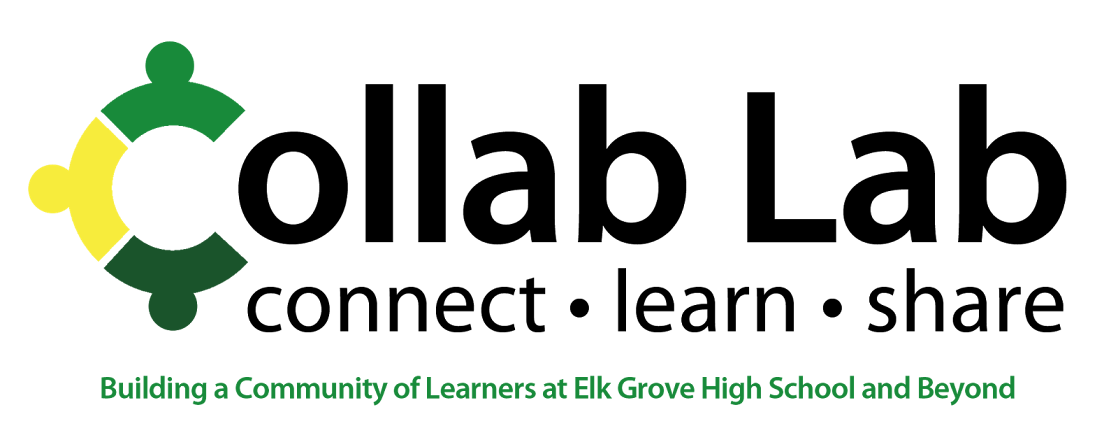Context
I have two main focuses as I write this weekly blog. Two driving questions that I have in my mind while making decisions. They are:
- How do I know if my students know?
- How do I get them to know if they know?
Week Eighteen: Answer the Question
This week the content focus was primarily on how emperors legitimized their rule. The primary focus was the 1450-1750 time period.
Here is the content standard for this week:
- List two examples as to how from each of the following empires legitimized their rule: Ming, Qing, Ottoman, Mughal, and Aztec.
This week's skill focus was aimed towards improving students' ability on the stimulus multiple choice and the document based question. In all honesty, the skills were the focus. This week was intended to be a practice run of the semester final exam.
Here are the skill standards for this week:
Here are the skill standards for this week:
- Analyze primary and secondary sources.
- Analyze images.
- Write a thesis based in response to the claim.
- Pull evidence from a document to support a claim.
- Contextualize the prompt.
I recently purchased a new planner to map out my instructional planning. Here is a small window in what is involved in the planning of a single week of instruction.
Some of the basics that go into my planning is ensuring I actually attend to the objectives I set out to do. I color code each objective so I can visually see what I am spending time on. I also try to put time in each week for students to have moments to reflect on their learning. Reflective moments are crudely drawn out as brains. In each week, I make an attempt to get the students up and moving around as much as possible. Those moments are noted by the blue stick figures. This week was not a great week for movement because of the formal DBQ practice.
How do I know the students learned?
The students worked through two full DBQ's this week. It took about two days to complete each one. As I stated previously, I wanted the students to get as much feedback as possible in hopes to make a few adjustments to their writing before going into the final. That being stated, on two of the days, I had the students write each component on whiteboard tables. Then I shared student samples to the class via AirPlay. Here are some of the samples.
The two samples above represent failed attempts to put a topic sentence or claim at the beginning of their first body paragraph. I AirPlayed these two samples side by side to show this to the class.
The above sample used clear evidence from the documents to support the claim. The sample attempts to have the documents relate to one another. The students begin to work on relating their evidence back to the prompt.
How do I know the students learned and how do I know if they know what they were supposed to learn?
There were countless moments for the students to give feedback to each other and themselves. More impactful was the instructional practice that I did the previous two weeks. To ensure that I know that all students know, I posted a discussion question in Schoology. All students wrote a sample of their writing.
Then I turned a few of their responses into a quiz. The students selected all of the answer choices that represented the proficiency of the sample.d If the sample did not display proficiency in one of the items, the student did not mark it. In the sample below, the student did not correctly identify that the sample laid a roadmap for the essay nor did they recognized that the sample uses clear evidence from document four. However, the student correctly identifies the rest of the items as proficient or not proficient.
Explain the Reasoning
How do I know the students have learned?
Students spend so much time on the writing skills and I feel like it is starting to make sense to them. It is not perfect and writing is a such a process that students need an immense amount of time to grow even a little bit. In the sample below, there are a few errors just like in the ones above. However, the growth is amazing! The students attempt to explain their thought process through writing. Doing that correctly is incredibly challenging. But the students are making progress on it. They are infusing their writing with academic vocabulary that showcases that they know history.

How do I know the students learned and how do I know if they know what they were supposed to learn?
Even though most instructional minutes are spent writing, it does not always lead to 100% proficiency. The students still cannot always recognize and evaluate their work correctly. They have questions about whether or not work is quality or correctly relates evidence back to their claim.
I need to continue to work on effective methods to ensure that students know what quality or substandard writing looks like. I myself struggle with that question when reading work. Writing is somewhat subjective. I know that the more I read the more I can identify. My call to action for myself is to continue to make students evaluating student work a priority to push their understandings of writing and their own ability to write.
Read week nineteen here.



























